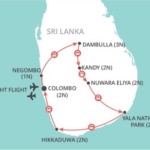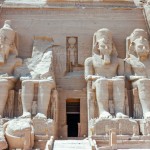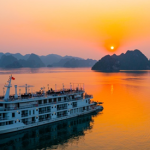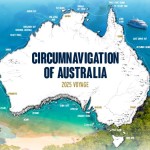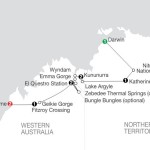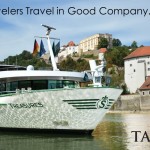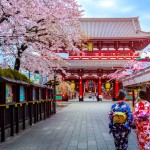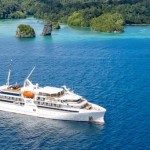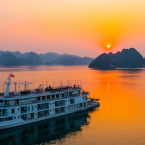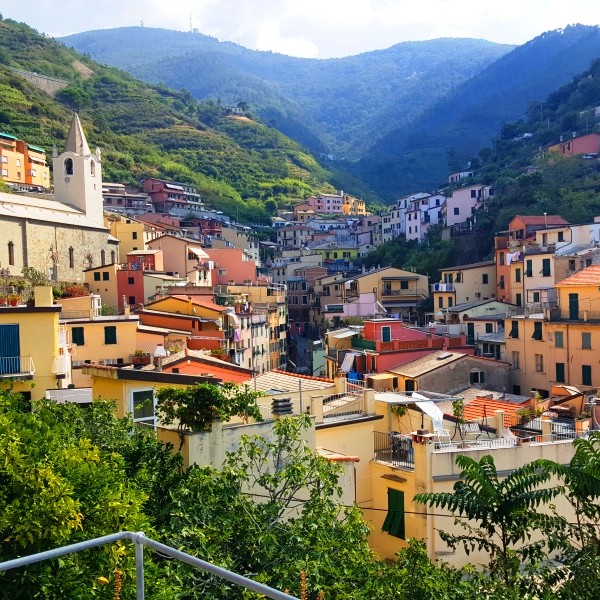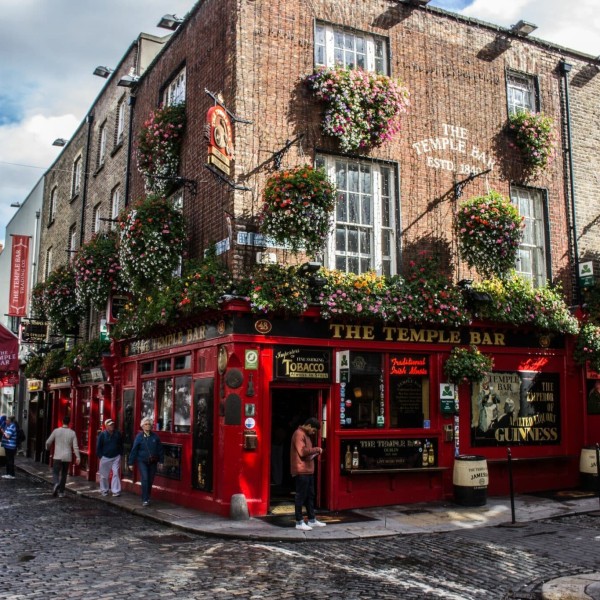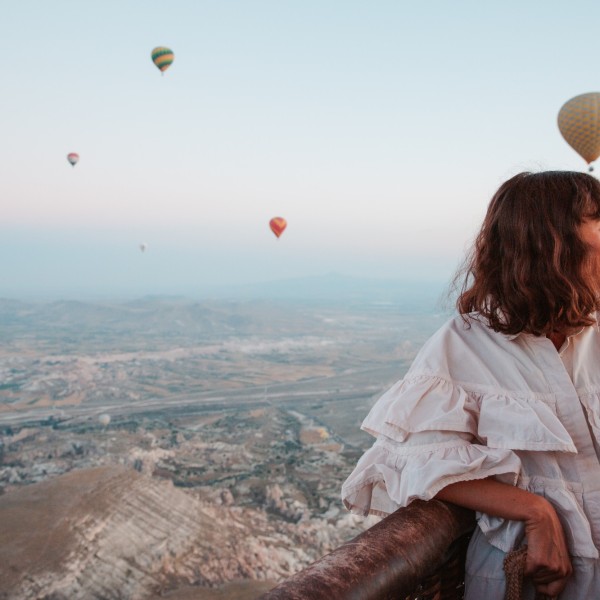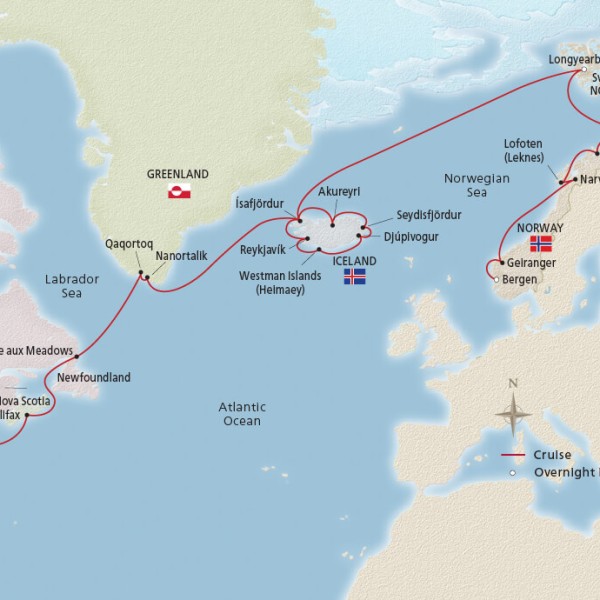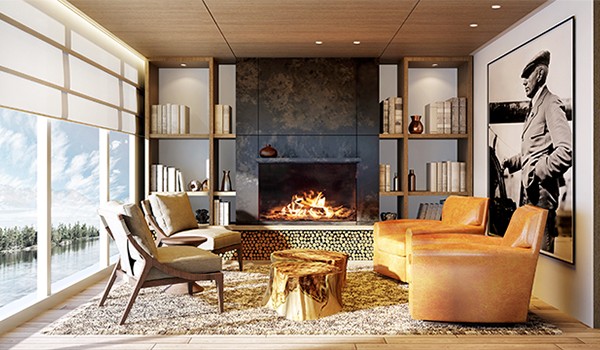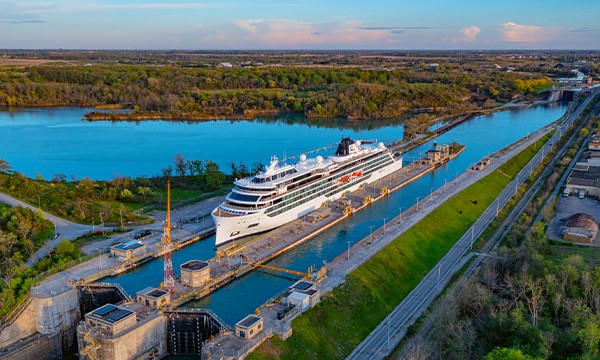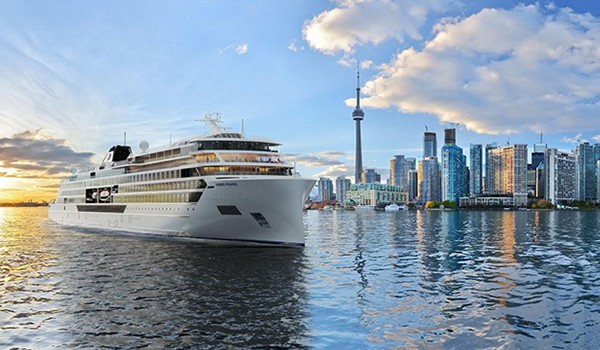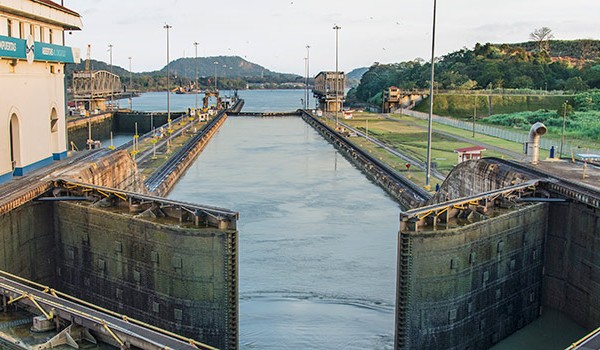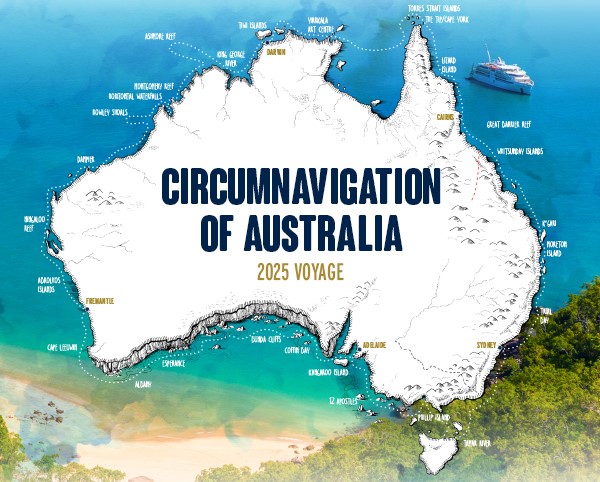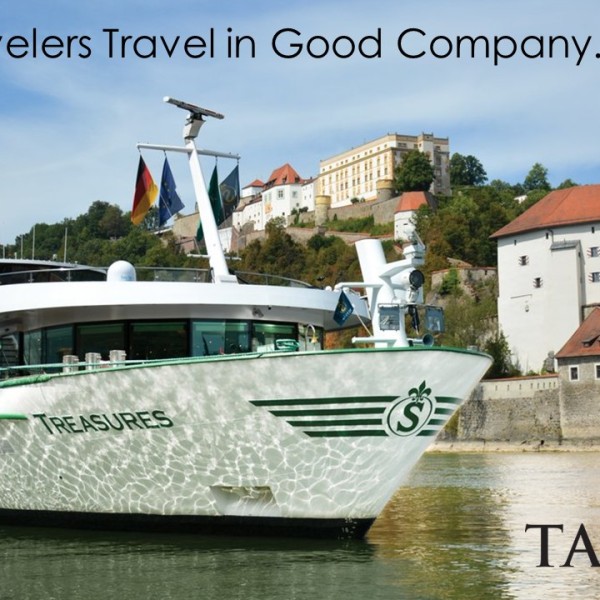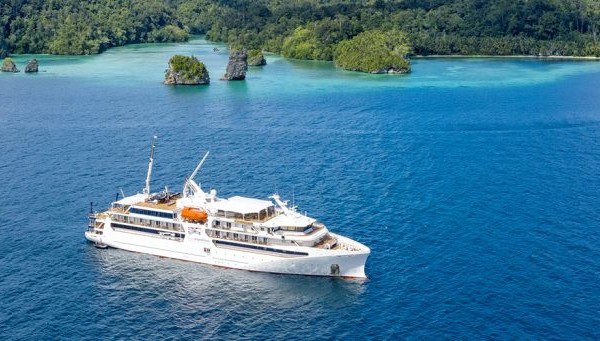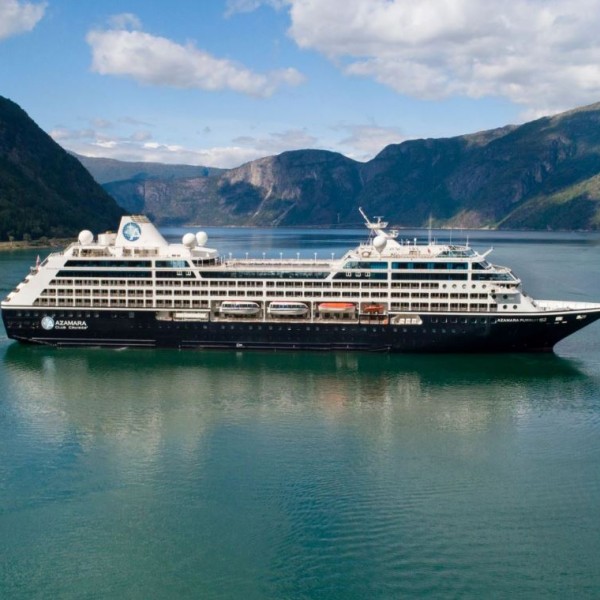Iceland is a remote volcanic island, with mind-blowing landscapes and fascinating culture. With most of the country uninhabited, much of Iceland’s terrain consists of plateaux, mountain peaks and fertile lowlands. The landscape is characterised by volcanoes, thundering waterfalls, geysers and geothermal hot springs, all accompanied by black sand beaches, bubbling mud pools and lava fields. Enjoy dramatic deep fjords, ideal for Zodiac cruising and some of the largest glaciers in Europe, whilst soaking up the abundance of birdlife. A circumnavigation of Iceland, is an experience not to be missed.
- Keep watch for blow holes, breaching and tail flukes – as we spot whales in Húsavik
- Westfjords offer some of the remotest fjords, bays and pristine environments in Iceland – perfect
- for kayaking, hiking and bird – watching
- Visit Vatnajökull National Park – featuring Europe’s largest glacier, glacial lagoons, colourful mountains and rich wildlife
Itinerary
Arrive into Reykjavik Airport (REK) where you will be met on arrival and transferred to the group hotel. Upon arrival at your included hotel, please visit the hospitality desk to collect your luggage cabin tags, ready for embarkation the next day. The remainder of your time is at leisure.
-
DAY 2 – Embark the Sylvia Earle
This morning, please ensure your cabin luggage is fitted with cabin tags clearly labelled with your name and cabin number. Your luggage will be collected from your hotel and transferred directly to the port for clearance and delivered to your cabin ahead of your arrival on board. Please keep any valuables or personal items with you throughout the day.Explore the main sights of Reykjavik on a half day city tour before transferring to the pier for embarkation. You will have time to settle into your cabin before attending the mandatory on-board safety briefings. As the ship pulls away from port, gather out on the deck and enjoy the thrill of departure as we commence our adventure with spectacular views over Reykjavik. This evening, get to know your fellow expeditioners, expedition team and crew at the Captain’s Welcome Dinner.
-
DAY 3 – Stykkisholmur and Snaefellsnes Peninsula
Stykkisholmur is the starting point of your adventures on the Snaefellsnes Peninsula, gateway to Snæfellsjokull National Park. Stykkisholmur is located by Breidafjorður Bay on the north of Snæfellsnes peninsula and is surrounded by wonderful views of the innumerable islands. One of the defining landmarks in Stykkisholmur are the old houses in the old city centre, some of which were owned by Danish traders, and every year in August there is a Danish town festival in Stykkisholmur called Danskir dagar or Danish days. The oldest house in Stykkisholmur is the Norwegian house, which dates back to 1832. The inhabitants take great pride in preserving these ancient houses and walking through the town centre, feels like wandering into another era.Snaefellsnes Peninsula is an area of diverse landscapes that is characterised by lava fields and glistening fjords and home to bird-rich Breidafjordur Bay. The area is crowned by the magnificent, ice-capped Snæfellsjokull volcano, a 700,000-year-old dormant subglacial volcano, visible from Reykjavik on a clear day and immortalised in Jules Verne’s Journey to the Centre of the Earth. At Bjarnarhofn you will enjoy a guided tour of the shark museum and have the opportunity to taste cured shark.Though Grundarfjordur is not the most well-known town in Snæfellsnes, Mount Kirkjufell is certainly one of the most famous mountains in Iceland, if not the world. It is not unusual for photographers from all over the world to make their way to Grundarfjordur for the sole purpose of photographing this unique landmark which has even starred in a number of films. However, there is a lot more on offer in Grundarfjordur than just Mount Kirkjufell. Nature abounds, with vibrant birdlife and spectacular waterfalls.
Over the next three days, we explore the Westfjords region featuring outstanding landscapes with jaw-dropping views of dramatic fjords carved by ancient glaciers, sheer table mountains that plunge into the sea and pristine North Atlantic vegetation.In genuine expeditionary style, we keep our itinerary flexible to allow for spontaneity. There are countless fjords to explore in the region and your experienced expedition team, will determine the day-by-day itinerary based on the unpredictable weather conditions of the region.
Hornstrandir peninsula is located here and is one of Iceland’s remotest and most pristine regions filled with many deep and dramatic fjords, towering bird cliffs, stunning natural beauty and opportunities for wildlife encounters. Enjoy the bountiful silence and magnificent landscapes as we sail past this stunning region seen by the few adventurers that make their way here.
At Patreksfjordur, a shore excursion by coach takes us to Latrabjarg cliffs. As Europe’s largest bird cliff, Latrabjarg is home to millions of seabirds, such as puffin, razorbill, fulmar and guillemot. Enjoy the impressive variety of natural wonders and unspoiled nature. Latrabjarg also happens to be the westernmost point in Europe, east coast of the North American continent on the other side of the Atlantic.We might visit places such as Isafjordur and Djupavik, where kayakers can paddle in the peaceful waters surrounded by towering mountains while others can enjoy walks and hikes of varying levels of difficulty, soaking in the stunning surrounds including impressive waterfalls and deep fjords. You might sample some local delicacies or perhaps visit an abandoned herring museum converted into an exhibition and gallery space.
-
DAY 7 – Grimsey Island and Husavik
Located approximately 40 km off the mainland, Grímsey is a verdant grassy island, probably best known for its proximity to the Arctic Circle, which cuts across the island. Many people travel to Grímsey just to say they have stepped across the imaginary line. With a tiny population of approximately 100 inhabitants, it’s a fantastic place for Zodiac cruising, kayaking, and photographing seabirds such as guillemots, gulls and puffins. Leaving Grímsey to return closer to the mainland, we spend time scanning the waters of Skjálfandi Bay around Húsavik, a town known as Iceland’s whale watching capital, home to up to 24 different whale species, as well as dolphins and a variety of birds. The largest animal on earth, the blue whale, has also been spotted in Skjálfandi Bay, and if you are lucky, you might catch a glimpse of this magnificent creature as well as orcas, fin whales and pilot whales.
Located near Akureyri, Iceland’s second largest town, Hjalteyri is a small village on the western shores of Eyjafjörður. It was one of the main centres of the herring fishing industry, but these days, you’re more likely to find art than fish in the old herring factory buildings.Sheltered from big waves, Hjalteyri is an ideal place to enjoy activities such as kayaking, cold-water snorkelling and diving, featuring famous geothermal struts located just offshore. Husavík might be internationally renowned as Iceland’s whale-watching capital, but locals believe that Hjalteyri is North Iceland’s hidden gems. Enjoy a fantastic day of adventure and exploration, but try not to tell too many people about this place or you could ruin its charm.
We spend some time exploring Seydisfjordur, a picturesque fishing village that is renowned for its charming collection of colourful wooden buildings located around the lagoon. Take a stroll around town and discover the timber houses that are remnants from when the Norwegians settled here and established the herring fishing facilities from 1870-1900. From the valley above the town, the river Fjardara tumbles down in beautiful cascades to the lagoon. There are a number of delightful hiking trails to explore, or alternatively, you can discover a flourishing cultural scene with an arts centre, the famous blue church that stages music concerts and the only two cinemas in the east of Iceland. Back in town, browse the stores where you will discover handicrafts by local artists and artisans – perfect as a souvenir or gift.As we sail out of the fjord, we stop at Skalanes, a tiny town that features a research centre hosting university students from around the world. Skalanes features stunning cliffs that are home to thousands of seabirdsduring the nesting season that you can see on walks or by Zodiac. The area has a large colony of nesting eider ducks and arctic tern. Seals, whales and reindeers are also commonly seen here.
Located off Iceland’s south coast, the Westman Islands were formed by volcanic eruptions around 10,000 years ago. Sail past Surtsey Island, a UNESCO World Heritage site that emerged from the sea in 1963 and is one the youngest land masses on earth. Westman Islands are surrounded by 15 other uninhabited islands and around 30 rocks and skerries offering refuge for rich array of seabirds. Westman Islands are considered to have the largest Atlantic puffin colony in the world, and when sailing around the islands it is not uncommon to see puffins but also whales and seals.Heimaey is the main island in the archipelago, and it has the population of around 4,200. Ashore on Heimaey, the only inhabited island in the archipelago, we see half-buried houses that remain from a violent 1973 eruption of Eldfell volcano, which you can hike up if you wish. A visit to the weather station offers bird-watching opportunities and splendid views of the surrounding islands.Eruptions are a big part of the history of the Westman Island, where there are two volcanoes – one that erupted some 6,000 years ago, and Mount Eldfell that erupted in 1973, forcing all of the island’s inhabitants to evacuate for the mainland. Serendipitously, due to bad weather the day prior to the eruption, all the fishing boats remained in the harbour and were able to help transport the inhabitants of Heimaey to the mainland. You can learn more about the story of the eruption and the aftermath at the fascinating Eldheimar museum, which includes a display of a house that was buried in ash during the eruption.
-
DAY 11 – Disembark in Reykjavik
After breakfast bid farewell to the expedition team, crew and newfound friends as you disembark in Reykjavik, at the end of your voyage. A transfer to downtown Reykjavik or to the airport is included.
Ship information
Sylvia Earle
The M/V Sylvia Earle is a purpose-built expedition vessel launched in 2022, built to world-class polar standards.
With just 132 passengers, this small ship features a glass-front atrium for excellent viewing opportunities and easy boarding onto Zodiacs for cruises and landings during your tour. Her comfortable and stylish facilities include spacious staterooms, a two-level science centre, a library, a wellness centre with a gym and sauna, an outdoor jacuzzi and a swimming pool.
INCLUDED MEALS
Breakfast: 10Lunch: 9Dinner: 9
TRIP STAFF
Expedition CrewNaturalist(s)
TRANSPORT
M/V Greg MortimerZodiac
ACCOMMODATION
9 nights premium boat1 nights premium hotel
EXW – SEIC
Images Courtesy of Explore Worldwide
